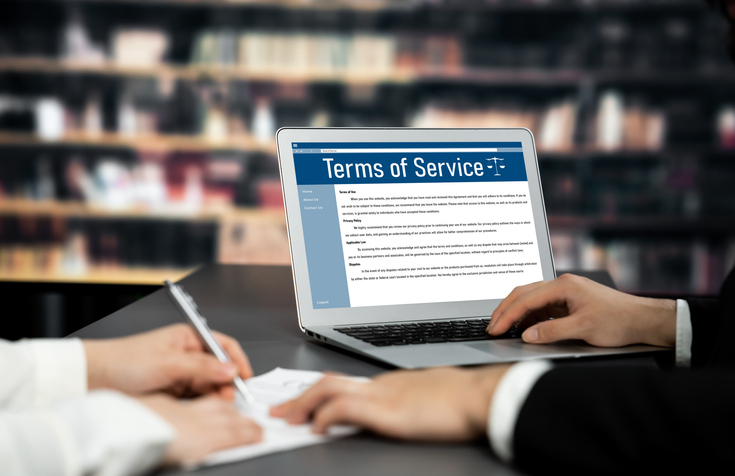Ensuring compliance with Occupational Safety and Health Administration (OSHA) regulations is a top priority for organizations committed to maintaining a safe and healthy workplace. Central to this effort is the effective execution of OSHA inspections, which play a critical role in identifying hazards, assessing risks, and implementing corrective actions. In this blog post, we’ll explore key strategies for improving OSHA inspections and enhancing workplace safety.
7 Strategies that should be Implemented for Better Inspections
- Establish a Comprehensive Inspection Checklist: A comprehensive inspection checklist serves as a roadmap for conducting thorough inspections and ensures that all relevant safety considerations are addressed. Develop a checklist tailored to your industry, workplace environment, and specific OSHA standards. Include items such as safety equipment, emergency procedures, hazard communication, and ergonomic factors. Regularly review and update the checklist to reflect changes in regulations or workplace conditions.
- Conduct Regular Inspections: Consistency is key when it comes to OSHA inspections. Schedule regular inspections at predefined intervals, such as weekly, monthly, or quarterly, depending on the nature of your operations and OSHA requirements. Additionally, perform inspections after any significant changes in processes, equipment, or facilities. Regular inspections help identify hazards early and prevent potential safety incidents.
- Involve Employees: Engage employees in the inspection process by encouraging them to report hazards or safety concerns they encounter during their work. Employees are often the first to identify potential risks, and their involvement fosters a culture of safety awareness and ownership throughout the organization. Encourage open communication and provide channels for employees to voice their safety-related observations or suggestions.
- Assign Roles: Designate specific roles and responsibilities for individuals involved in the inspection process. Assign an inspection lead responsible for coordinating inspections, managing the inspection schedule, and ensuring compliance with OSHA standards. Additionally, assign roles for data collection, hazard identification, documentation, and corrective action implementation. Clear roles and responsibilities streamline the inspection process and promote accountability.
- Prioritize Hazard Identification: During inspections, prioritize the identification of hazards that pose the greatest risk to workers’ safety and health. These may include fall hazards, chemical exposures, electrical hazards, ergonomic risks, and more. Assess the severity of each hazard and take immediate action to mitigate or eliminate them. Prioritizing hazard identification helps focus resources on addressing the most critical safety concerns first.
- Document Findings and Perform Corrective Actions: Thoroughly document inspection findings, including observed hazards, corrective actions taken, and responsible personnel. Maintain detailed records of inspections, including dates, locations, and individuals involved. Implement a system for tracking and following up on corrective actions to ensure timely resolution of identified issues. Documentation serves as a valuable record of compliance efforts and supports continuous improvement initiatives.
- Compile Inspection Data and Identify Trends: Compile inspection data from multiple sources, including inspection reports, incident reports, and employee feedback. Analyze this data to identify trends, patterns, and recurring safety issues. Look for commonalities across inspections, such as specific hazards or areas of non-compliance. Use data analysis to inform decision-making, prioritize corrective actions, and implement preventive measures. Continuous monitoring and analysis of inspection data enable organizations to proactively address safety concerns and drive ongoing improvements in workplace safety.
Conclusion
Improving inspections requires a systematic approach that emphasizes thoroughness, consistency, and employee involvement. Quantum Compliance’s software solutions offer a comprehensive approach to supporting companies in doing just that. Our software enables organizations to establish tailored checklists, schedules regular inspections, and engages employees in the process. With features for documenting findings, tracking corrective actions, and analyzing trends, Quantum Compliance’s software empowers companies to prioritize hazard identification and drive continuous improvement in workplace safety. By leveraging Quantum Compliance’s software, companies can enhance their OSHA compliance efforts and create safer, healthier work environments for their employees.
Step into a safer and more compliant future with Quantum Compliance. Contact us today to learn how our solutions can streamline your safety inspections, reduce risks, and protect your bottom line. Let us help you transform your approach to workplace safety and compliance.







